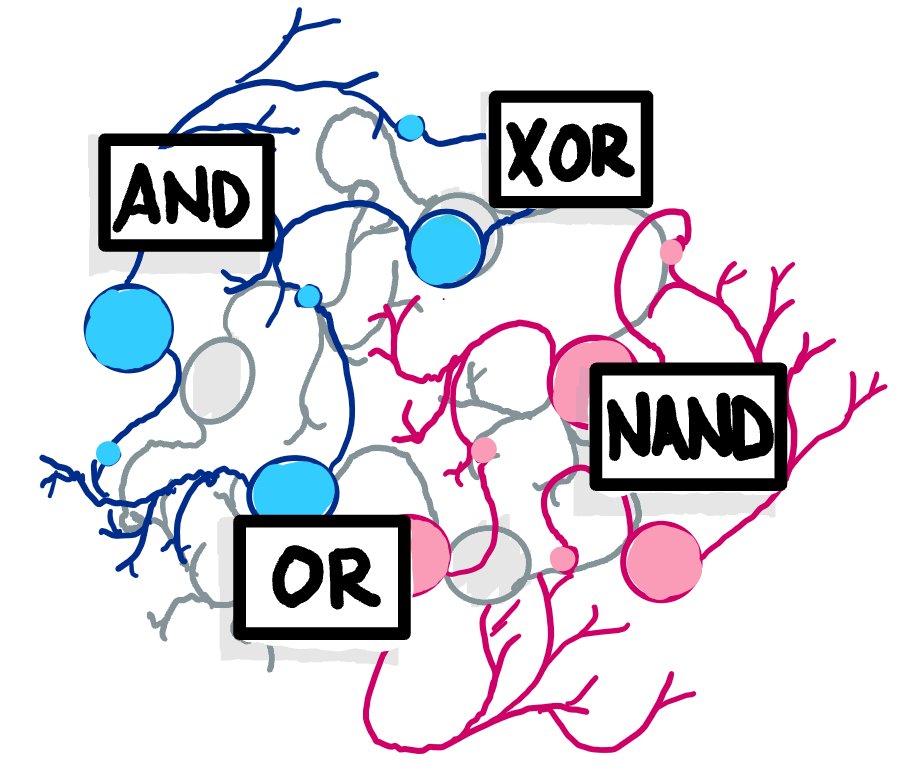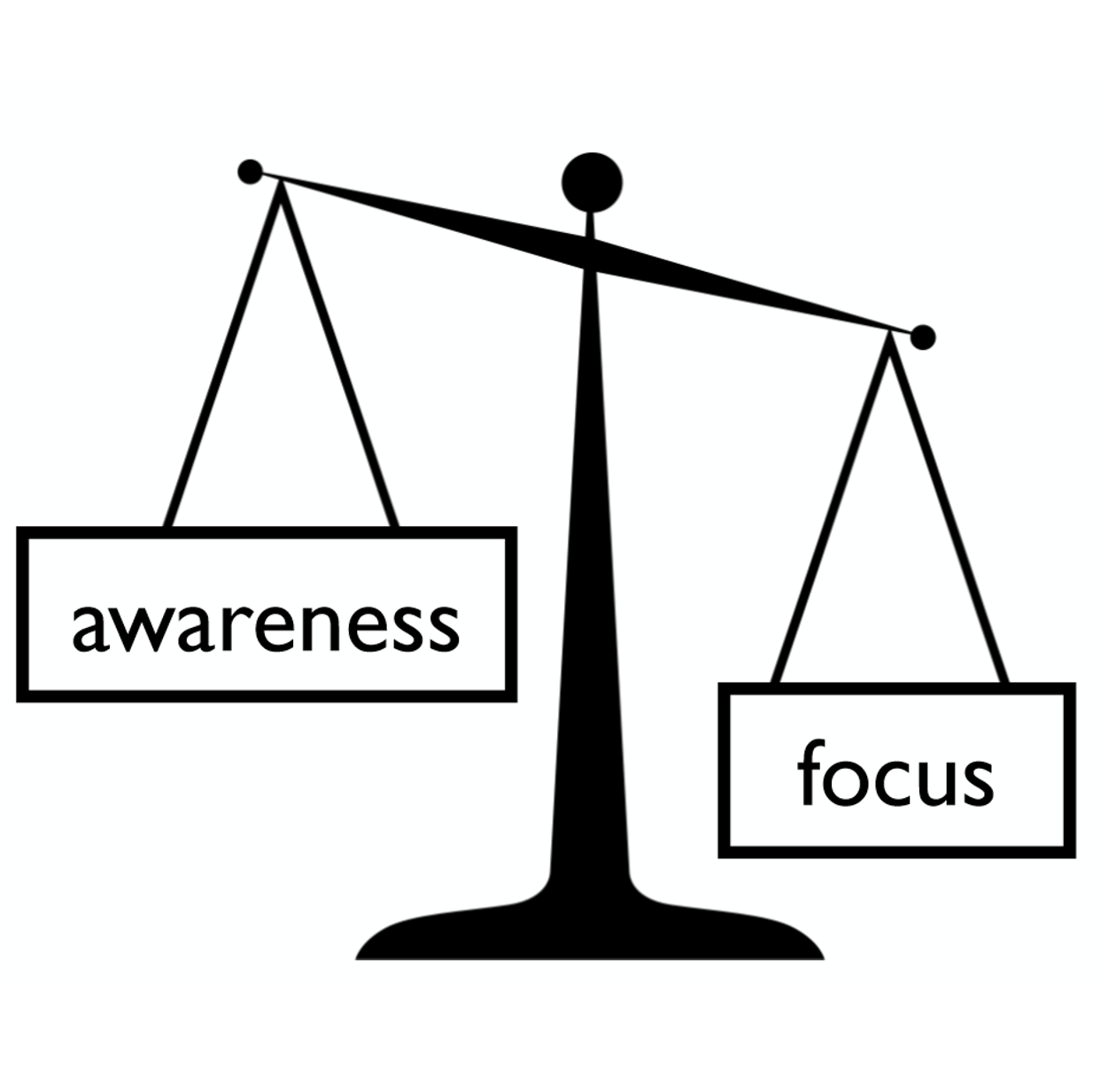Epilepsy, one of the most common neurological diseases, affects approximately 1 percent of the U.S. population and is characterized by recurrent, unprovoked seizures (Stafstrom and Carmant, 2015). During seizures, neurons synchronize in one region of the brain and the aberrant neural activity can spread to other regions (Staley, 2015). Thus, epilepsy can arise when the balance between neural excitation and neural inhibition (E/I balance) is disrupted. Current therapeutic options aim to either lower excitatory activity or increase inhibitory activity in the brain, to restore the E/I balance. Nevertheless, one-third of epileptic individuals will not respond to currently available treatments (Stafstrom and Carmant, 2015), indicating the need to understand the underlying mechanisms that lead to neuronal hyperexcitability.
Read More









